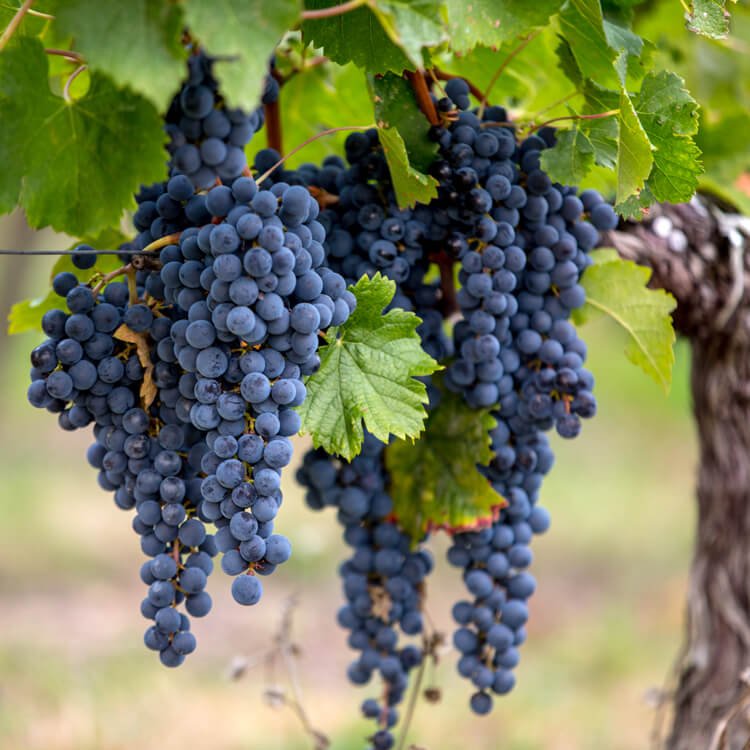▻ Merlot with Jane Anson
In conversation with Jane Anson
Episode Summary:-
The film “Sideways” sidelined Merlot, suddenly considered by many as the grape no one should ask for if they wanted to be considered a sophisticated wine drinker. When the film premiered in 2004, Merlot made up close to 20% of California’s red wine market, but a few years later it had dropped to 13 per cent. Now, Sarah Kemp and Jane Anson discuss the grape in their 10 Minute Masterclass series. First is the revelation that it is very much a Southwest France grape, with its parents being Magdeleine Noire des Charentes and Cabernet Franc. The name Merlot is reputed to come from the French word for blackbird, Merle, as its colour resembles the dark blue/black feathers of the bird.
It is the most planted red grape variety in Bordeaux – 66% of all red grape varieties planted there. In total there are 115,000 hectares in all of France, (roughly the same size as Bordeaux) with the second largest amount of Merlot found in Languedoc-Roussillon. Its popularity is due to the fact it is relatively easy to grow, and ripens in cooler weather. Another reason is that, after phylloxera, when American rootstock proved to be the preventative solution, Merlot took better to grafting than other local varieties.
With Merlot, you often you hear the words fruit bomb, hedonistic, and luscious; it has red fruit characteristics and supple tannins and is easy to love, Jane says, but cautions that if it is planted on soils that are too hot it can become over-ripe and jammy.
Famous names – the most famous of all is Petrus, which is 100% Merlot, and planted on unusual clay, which gives it its power. Next door is Le Pin, which has a different expression, as the soil there is gravel and clay. Other famous Merlots include Masseto in Bolgheri, whose first vintage was 1987. “Interestingly, Le Pin and Masseto have been catapulted into global fame quite recently,” Jane remarks. Sarah has just returned from Italy, and recommends looking out for Barone Ricasoli “Casalferro,” a 100% Merlot (though the word Merlot isn’t mentioned on either the front or back label). Jane picks two more names to try, Castello di Ama “L’Apparita,” and from South Australia, Ruckus Estate “Mérité.”
Jane discusses how Merlot is being impacted by climate change. The fact that it is early budding and is susceptible to mildew is a concern but she his happy to report that it is proving resilient. Her obscure fact? Miles’s famous line in Sideways “If anyone orders Merlot, I’m leaving, I’m not drinking any f****ing Merlot,” is ironic, as his dream wine is Cheval Blanc, which, of course, contains Merlot.
Running Order:-
-
0.00 – 5.41
“If it is planted on soil that’s too hot, it can become over-ripe too early.”
– The parents of Merlot.
– Where Merlot is planted in France and the rest of the world.
– What Merlot tastes like. -
5.42 – 10.14
“Interestingly, Le Pin and Masseto have been catapulted into global fame quite recently.”
– Famous wines made from Merlot.
– Lesser-known Merlots to look out for.
– Climate change and Merlot.
– Jane’s obscure fact about Merlot.
RELATED POSTS
Keep up with our adventures in wine







Discover Beaune with Jasper Morris MW in our latest 10-Minute Masterclass.